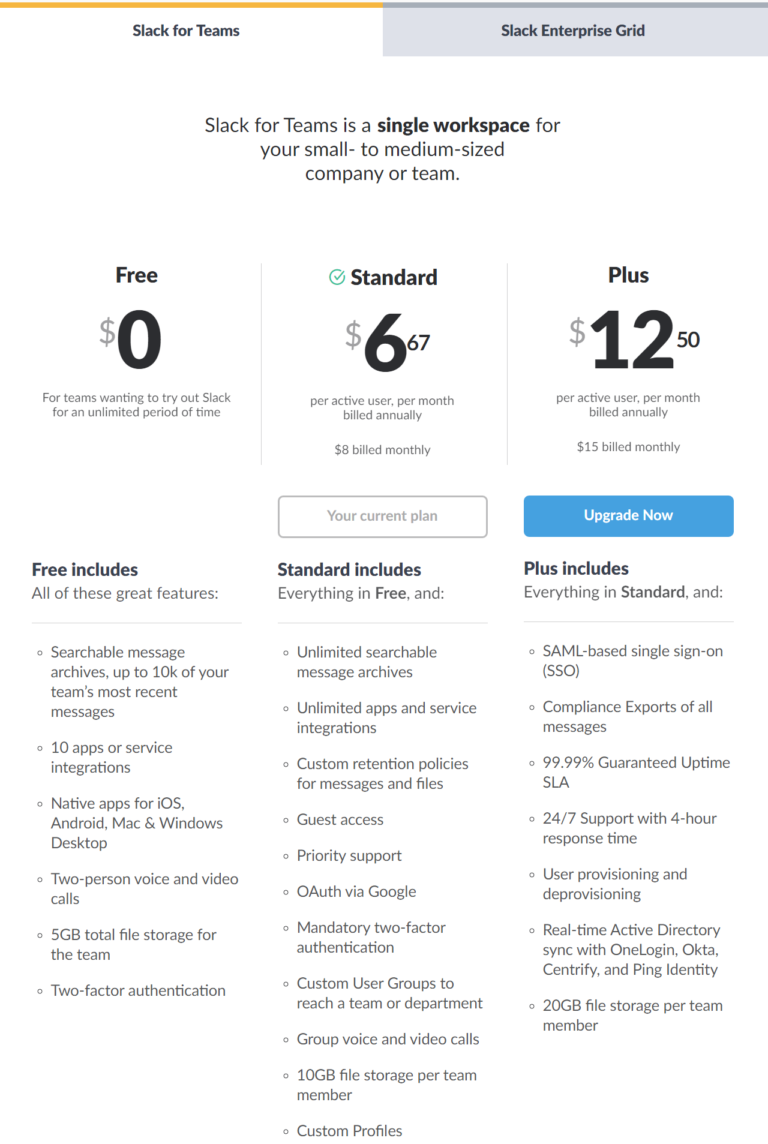Do you continue what you’re doing, or do you pivot? Should you stick to your business model or switch to Plan B? Is there even a Plan B?
These are one of the hardest questions for startup founders around the world.
Pivoting your business can mean admitting failure, but it can also be a solution to all of your problems. It’s hard to see which is which and after a company succeeds or fails hindsight is 20/20.
According to estimates, as many as 15-20% of startups pivot from their initial business plan at some point. Pivoting isn’t necessarily a bad thing. However, a lot of startup founders misinterpret when it makes the most sense to pivot.
For a startup founder or anyone at the helm of a company, it’s important to recognize the right time when a pivot is needed and when it is best to stay on course. A reactionary pivot can be as dangerous to a company as no pivot at all. Therefore, we will introduce three business pivoting types.
Business pivot types
There are three types of pivots. Prep up as each one is hard to do and requires making a huge change to your business model.
- Product Pivot: You learn that one part of your product is way stickier than the rest, and your customers care a lot more about it.
- Customer Pivot: You learn that there is a new segment of customers willing to pay more for your product than your current customers.
- Problem Pivot: As you talk to your customers and conduct research, you discover they have way bigger problems than the ones you’re trying to solve.
How to know if your pivot will be successful?
- Take nothing for granted and challenge every idea you come up with. Then validate your assumptions.
- Never get too attached to your original idea. By listening to your users and looking at the data you might be able to do much more.
- Ask yourself whether there’s any aspect of your solution that can be radically simplified. Or better yet, spun out as a standalone product.
- Dip a toe before you dive in. Try developing quick, inexpensive ways to put out feelers and see how receptive people are to your idea.
Product Pivot
Slack is the fastest growing workplace software ever. The company’s CEO Stewart Butterfield co-founded the company in August of 2013, as a cloud-based team collaboration tool. However, Slack was started as a tool to help him build another product. A game that he and his team worked on from 2009 up to 2012 when it was shut down.
How do you pivot from a gaming company to a B2B chat/productivity IRC clone?
Having left Yahoo few years after Flickr was acquired, Butterfield set up a company called Tiny Speck to work on a game called Glitch. To collaborate remotely on Glitch, the team behind it built an internal chat tool, to which they kept adding features over time: search messages database feature, basic file-sharing, and more. The entire team from product people to the developers loved using it.
When Glitch failed, the team decided not to do any other project without their collaboration tool so, instead, they decided to build a company around it.
How to monetize?
In just over two years, the app added more than two million daily users who collectively spend more than 320 million hours connected to the app, sending 1.5 billion total messages. And the company is doing something many tech startups find difficult to do – monetize its customers. 95,000 users pay for the service, including major companies.

Not all product pivots need to be as drastic as this one. Sometimes you will find out that a single feature of your product is simply the main reason why your customers use your product. Simplifying things, and making that feature into a product on its own might be the way to go.
If you’re trying to figure out whether to pivot your product or not, ask yourself these questions first:
- Is one part of my product or feature stickier than the others? Why?
- Which product features correlate most highly with long-term retention?
- Where are people spending the most time in my app?
Problem Pivot
What if early customer feedback indicates that the problem you’ve solved is not very important to them or that the money isn’t available to buy. This requires repositioning, or an entirely new product-problem worth solving.
In a customer problem pivot, we try to solve a different problem for the same customer segment. This is usually an exciting kind of change. When you are doing intense customer development, the problem team can attain a high level of empathy with potential customers. If the results of that exercise is a realization that customers have a different problem that our solution doesn’t address, and that new problem is a more promising venture – it’s time to pivot.
Starbucks example
Many of today’s most successful brands are still here thanks to a necessary pivot that happened at some point in time. Take Starbucks, for example. It may be hard to imagine, but when the now ubiquitous coffee chain was founded in 1971 in Seattle, it did not sell cups of coffee at all.
The only brewed coffee a customer could be lucky enough to enjoy there at that time would be, perhaps, a free sample. But after the company was sold to now CEO Howard Schultz in 1987, it was time for Starbucks to start brewing up a major pivot and a whole lot of coffee. With Schultz’s vision, Starbucks pivoted to become a coffeehouse, not just a retailer of supplies.

The product a business sells is far more than just specific goods or services that the business may promote. In fact, the product that consumers buy from a business is the sum total of the goods they collect + the services they receive + the perceived benefits that they enjoy, which together equals the total product approach.
While coffee is an important part of the total product that Starbucks sells, there are a great many more aspects of their product offer than just the coffee alone. In other words, ‘going for a coffee at Starbucks’ means much more than just satisfying a thirst or caffeine need. Starbucks has done what all other major global chains have done in the pursuit of profit, in that they only deliver adequate goods (coffee) while choosing to excel at services and in promoting their highly-valued/low-cost intangible benefits.
Starbucks realized that the need for coffee users is more than just the end product.
To figure out if it’s time for a problem pivot ask yourself these questions:
- Is the problem I’m solving really a problem?
- What other problems are my customers facing?
Customer Pivot
When people need recommendations for a good doctor or a good movie rental, they ask their friends. Jeremy Stoppelman started a company called Yelp and asked millions.
Along with co-founder Russel Simmons, the company began in 2004 as an automated system for emailing recommendation requests to friends. Although the duo received $1 million in funding from PayPal co-founder Max Levchin, the idea fell flat with their audience.
However, users viewed the system in a way they hadn’t expected: by writing reviews on local businesses just for fun. They decided to change course, capitalizing on the new “blue ocean strategy” of online reviews for local businesses. Today, the original “Friendster Yellow Pages”, with 17 million reviews online, has over 50 million users per month.
Maybe you have the right product and business model but discovered that your current customer base isn’t lucrative enough to support the business. If that’s the case, you have to figure out are there other customers worth pursuing.
It doesn’t have to be that you don’t have the customers. Your product may attract real customers, but not the ones in the original vision. In other words, it solves a real problem, but needs to be positioned for a more appreciative segment, and optimized for that segment.
Early on in your business, it’s especially important to focus on who’s willing to spend money on your product. But what do you do when you find out there’s a more pressing, more urgent problem your paying customers have, that needs to be solved first?

To figure out whether to pivot around your target customer, ask yourself these questions:
- Who are your highest-LTV customers? For what do they use your product?
- What might customers use your product for that isn’t using it now? What’s their LTV?
When to pivot your business model?
Internal and external factors are two main reasons for which a company could benefit from a pivot.
The inside changes for a startup can be staff turnover, lethargy and lack of performance. The occasional staff changes are normal. However, losing key individuals has the potential to devastate the startup. This requires an immediate action to prevent additional losses. Lethargy can slow down the capability of a company to work. It requires twice the effort to reach previously met goals. As for the lack of performance, there is always a “good” reason why things didn’t turn out as expected. If you have more excuses than products, you are in trouble.
Outside forces that can affect a startup are market changes, investor turnover, and customer needs. Don’t wait for the market to fit the product. The product or service has to respond to the market, not the other way around. Another indicator of a need to pivot is a high turnover of investors. A sudden exodus of investors indicates there is a problem lurking within the startup. Finally, your focus has to be on customer needs. As they shift, the startup must be willing to pivot. Your goal is to continue to accommodate the client.
Staying on the course or change direction?
Think it was hard to create your initial business plan? Maybe it’s time for a change in your startup. Like everything in life, businesses continuously evolve. Change can be scary but at times necessary. This way, you can create a Plan B that will be sustainable and profitable. Pivoting is an opportunity to survive. And it can be even better than your first plan. Like you see in our examples above. A great Plan B is always your best Plan A.
Most of all, a pivot is essentially a second chance. You can change things in your favor. Without extra effort, use all the hard work you have already done. Pivot will not be so far off base. You don’t need to change the whole concept of your business. Rather get on track. Get your startup back in good position. And prepare for development and profit.
Conclusion
Business pivots are responsible for some of the most successful businesses. Maybe pivot is just what your startup needs to grow and change for the better.
Do you want more examples of good pivots? Read about these 14 Famous Business Pivots on Forbes.
Did you pivot your business? Looking forward to hearing your interesting story in the comments section below.



